Blue land crabs have been making their way up the East Coast, prompting concerns in Georgia, South Carolina, and North Carolina. Officials in these states have issued warnings about this potentially invasive species.
Reports of Blue Land Crabs
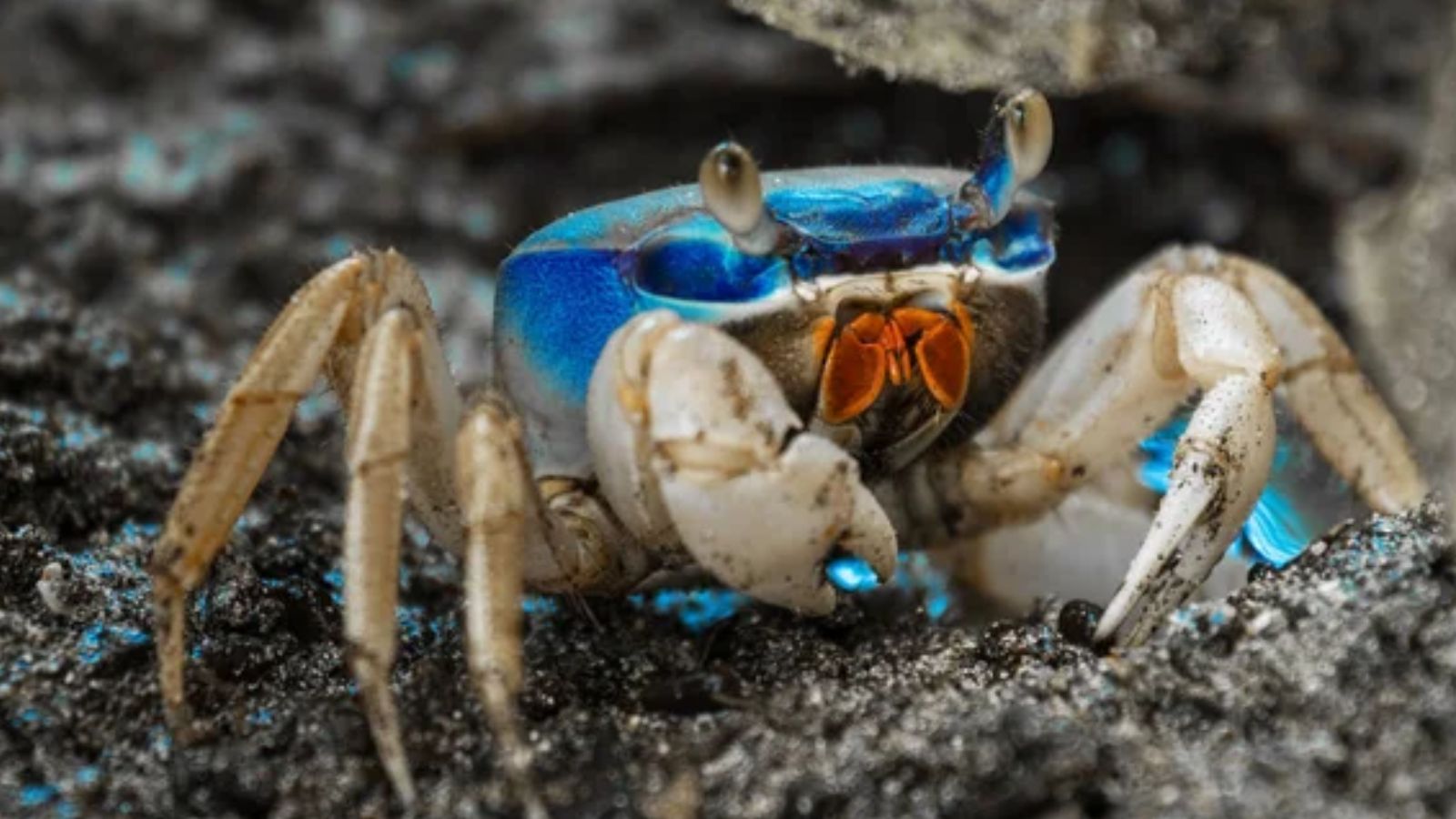
The Georgia Department of Natural Resources’ Wildlife Resources Division (WRD) has received multiple reports about blue land crabs, which are characterized by their size of 5 to 6 inches and one larger claw. Their colors vary depending on sex and age.
Call for Public Reporting

Officials are urging residents who spot blue land crabs to report their sightings. The concern is primarily focused on the damage caused by these crabs’ extensive burrowing.
Read More: Trump’s Gag Order Appeal Gets Rejected
Habitat of Blue Land Crabs
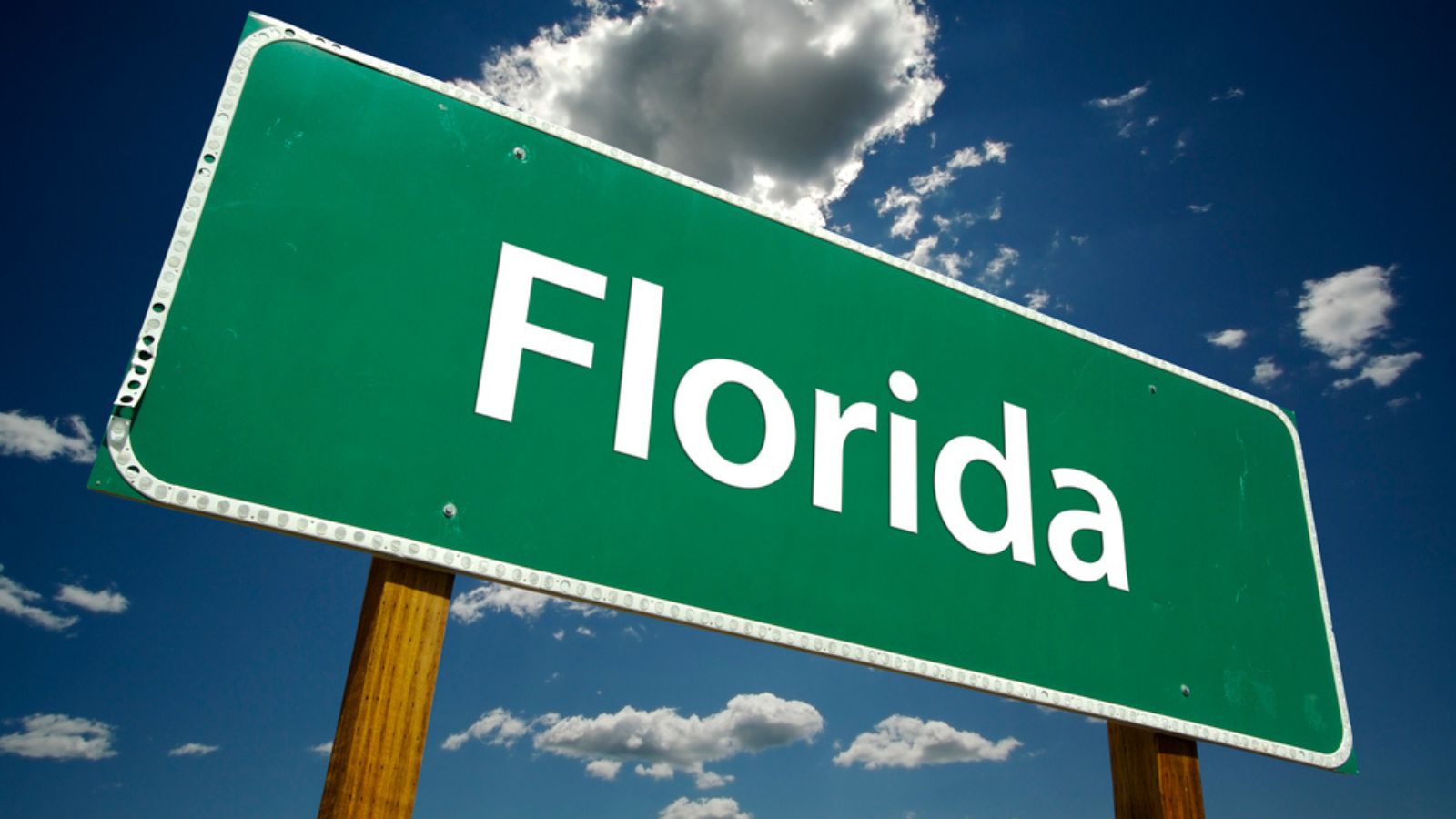
Blue land crabs are originally native to regions from Brazil to South Florida. In Florida, their fishing is regulated with specific seasons and quantity limits. However, sightings in South Carolina and North Carolina, far from their natural habitat, have raised concerns.
South Carolina’s Alert
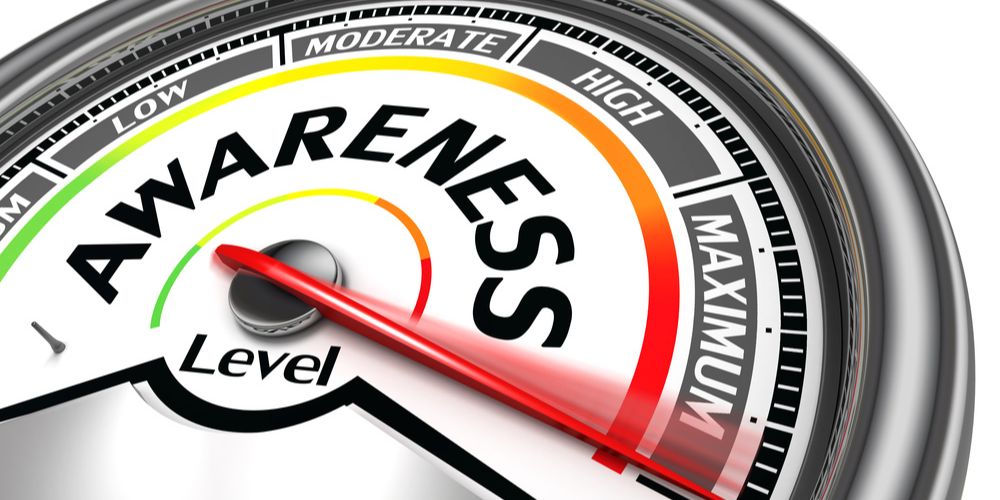
In September 2022, South Carolina residents were also asked to report any sightings of blue land crabs. These crabs have been occasionally spotted in the state since 2008.
First Sighting in North Carolina
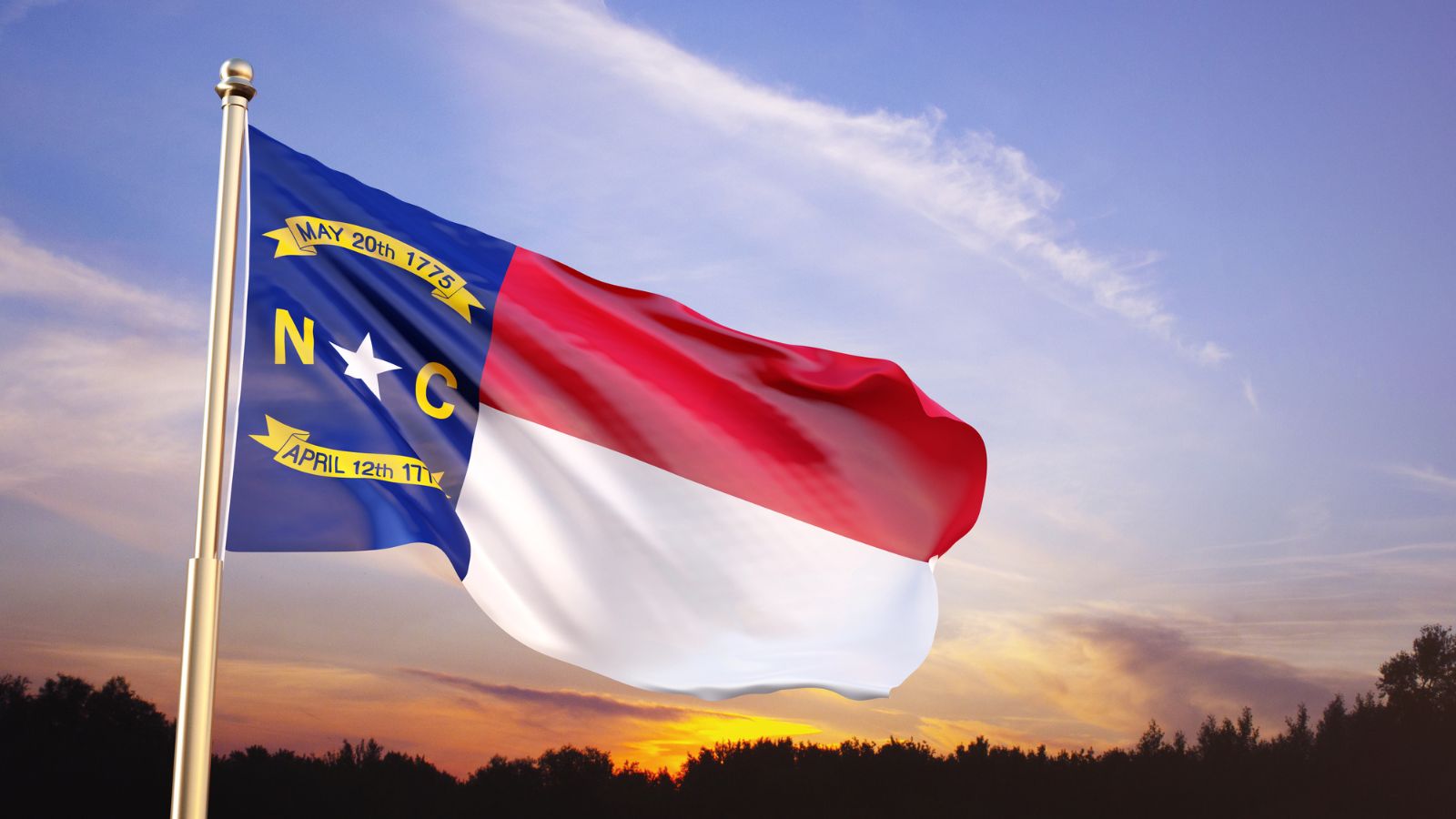
The first confirmed sighting of blue land crabs in North Carolina occurred in the summer of 2023, according to the North Carolina Environmental Quality website. North Carolina officials are now requesting people to report any sightings in the state.
Also Read: Federal Judge Rules Against Oregon Senators Seeking Reelection After Boycotting Session
Edible, But Challenging to Catch
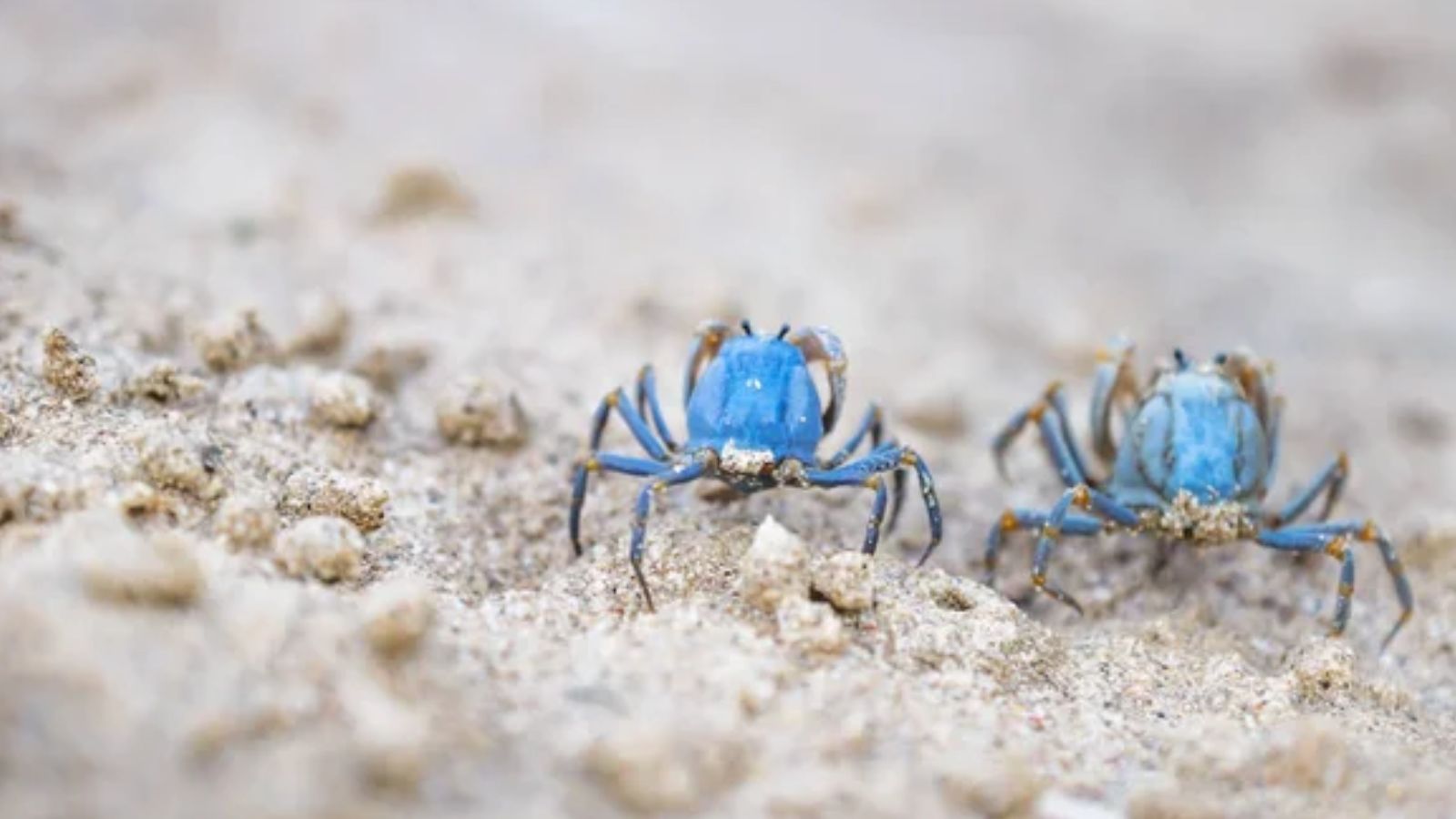
Blue land crabs are edible, but catching them can be quite challenging. Overfishing for culinary consumption has been an issue in the Bahamas and the Caribbean, according to the University of Florida Institute of Food and Agricultural Sciences.
Behavior of Blue Land Crabs

These crabs are usually found deep in the ground and surface only when heavy rains flood their burrows. They are known for their quick burrowing skills and can use their larger claws for defense, making them difficult to catch.
Invasive Threat
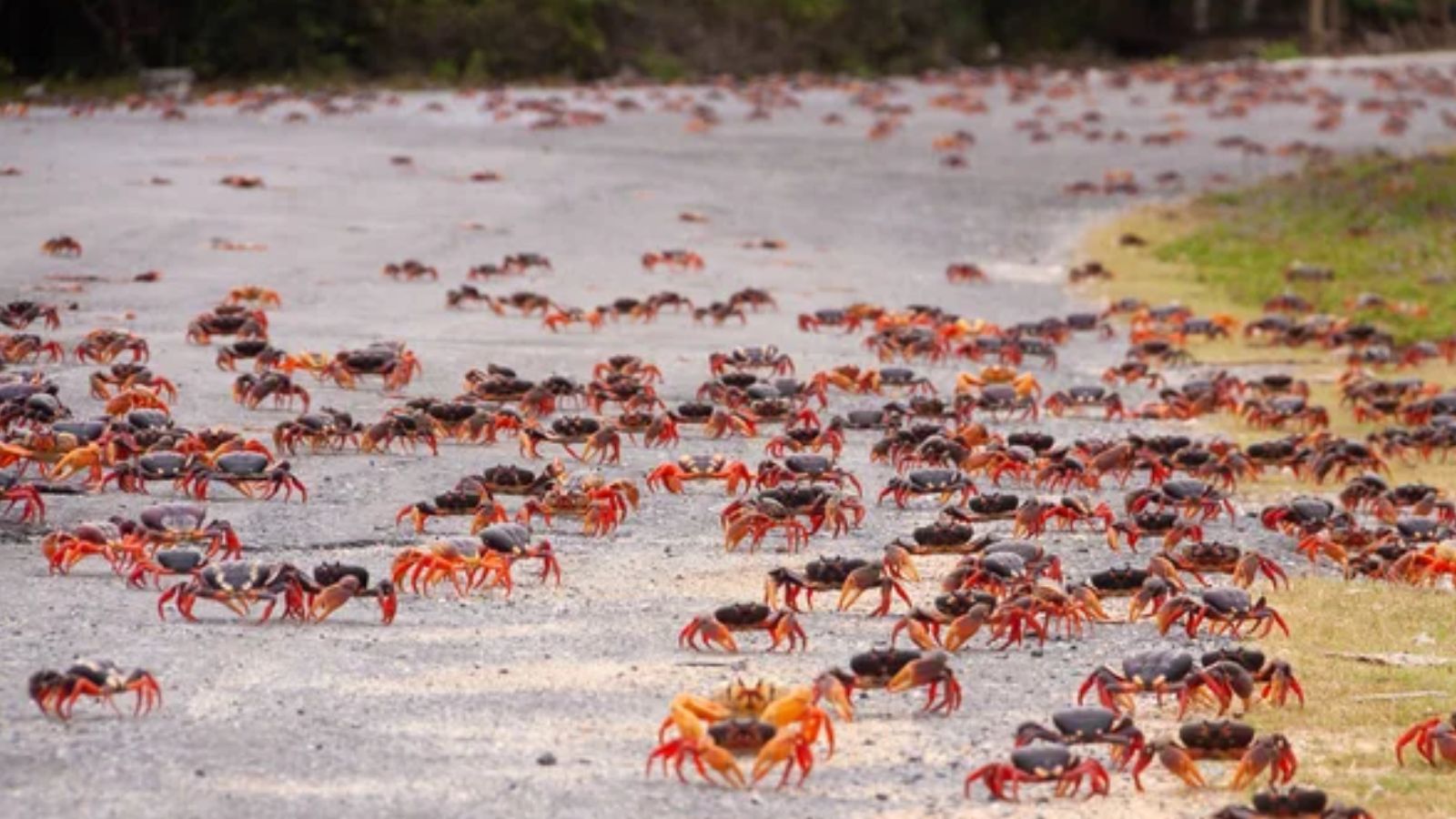
The invasion of blue land crabs in East Coast states raises concerns about the potential ecological and economic risks they pose. Officials are seeking more information and urging the public to help monitor and report their presence.
Read More: New Details Emerge on Planned March on Jan 6th And White House Involvement
Public Participation

The cooperation of residents is vital in tracking and addressing the blue land crab invasion. Public reporting will play a crucial role in managing this potentially invasive species.
Monitoring and Research

Efforts are underway to understand the behavior, impact, and potential solutions related to blue land crabs. Research and monitoring will be essential in addressing this emerging environmental challenge.
Conservation and Protection

Protecting native ecosystems and wildlife from invasive species is a priority for conservationists and officials in the affected states. Strategies to manage and mitigate the impact of blue land crabs will be explored.
Also Read: Trump Campaign Lawyer’s Testimony Unveils Nevada Fake Elector Scheme
Collaboration Among States
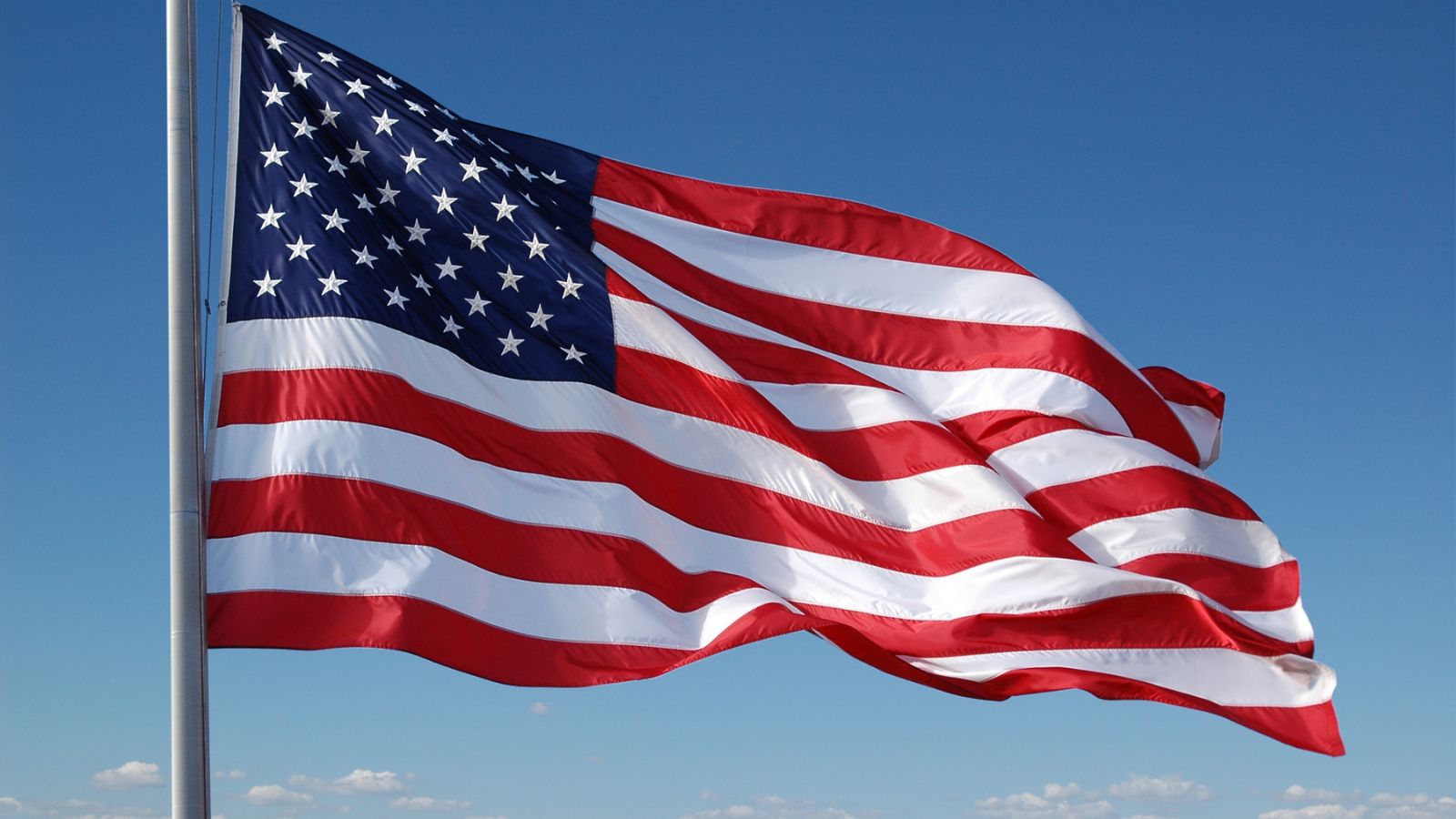
Georgia’s response to the blue land crab issue reflects the collaborative effort among East Coast states to address common environmental challenges. Sharing information and resources is essential in managing invasive species.
Potential for Ecological Disruption
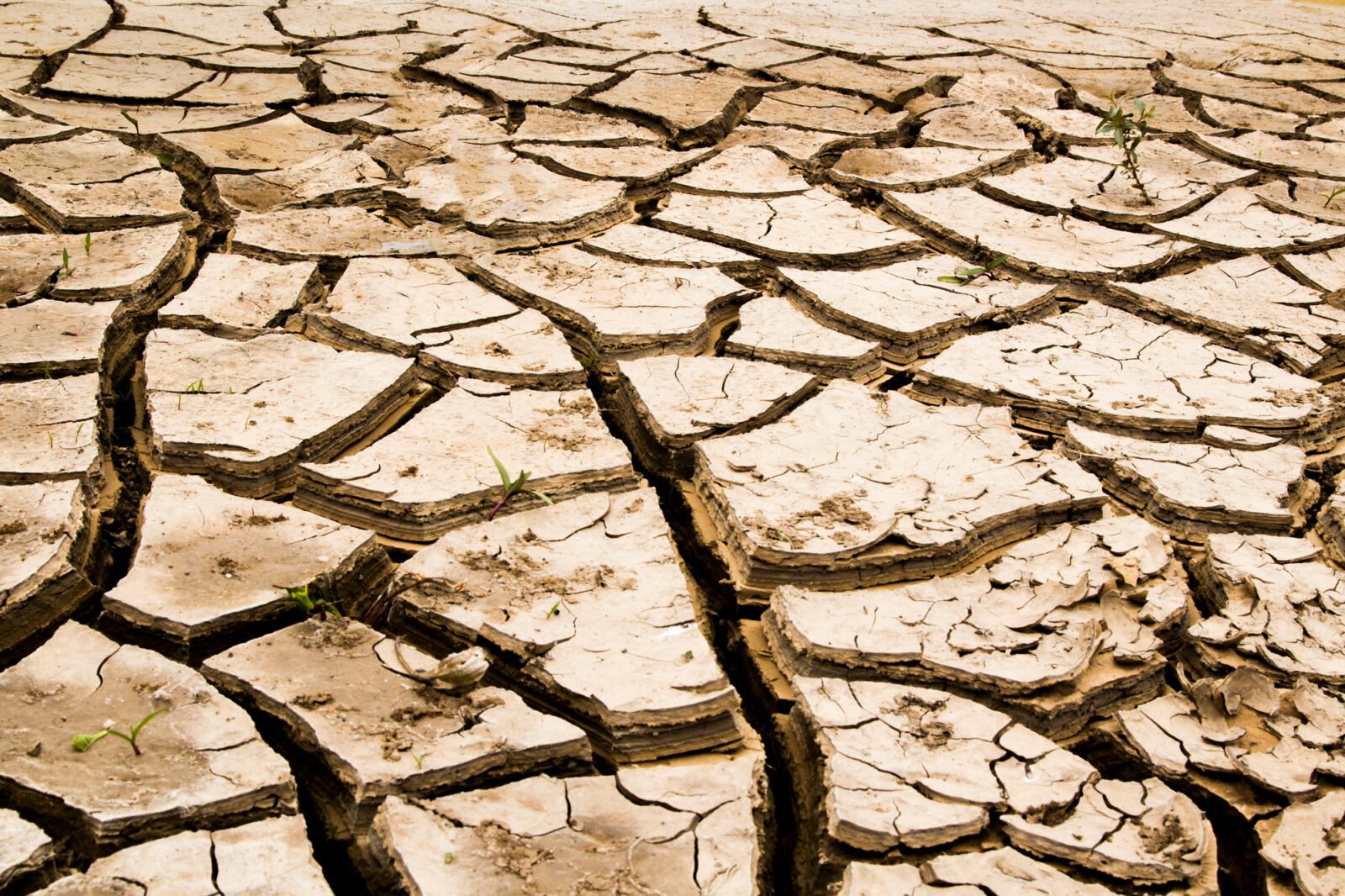
The presence of blue land crabs outside their native range could disrupt local ecosystems and habitats. Understanding their behavior and potential effects is crucial for conservation efforts.
Ongoing Awareness

As the blue land crab situation develops, ongoing awareness and public engagement will be key to effectively addressing the invasion and its impact.
Read More: Federal Judge Blocks California Law Restricting Guns in Public Places
Protecting Coastal Ecosystems
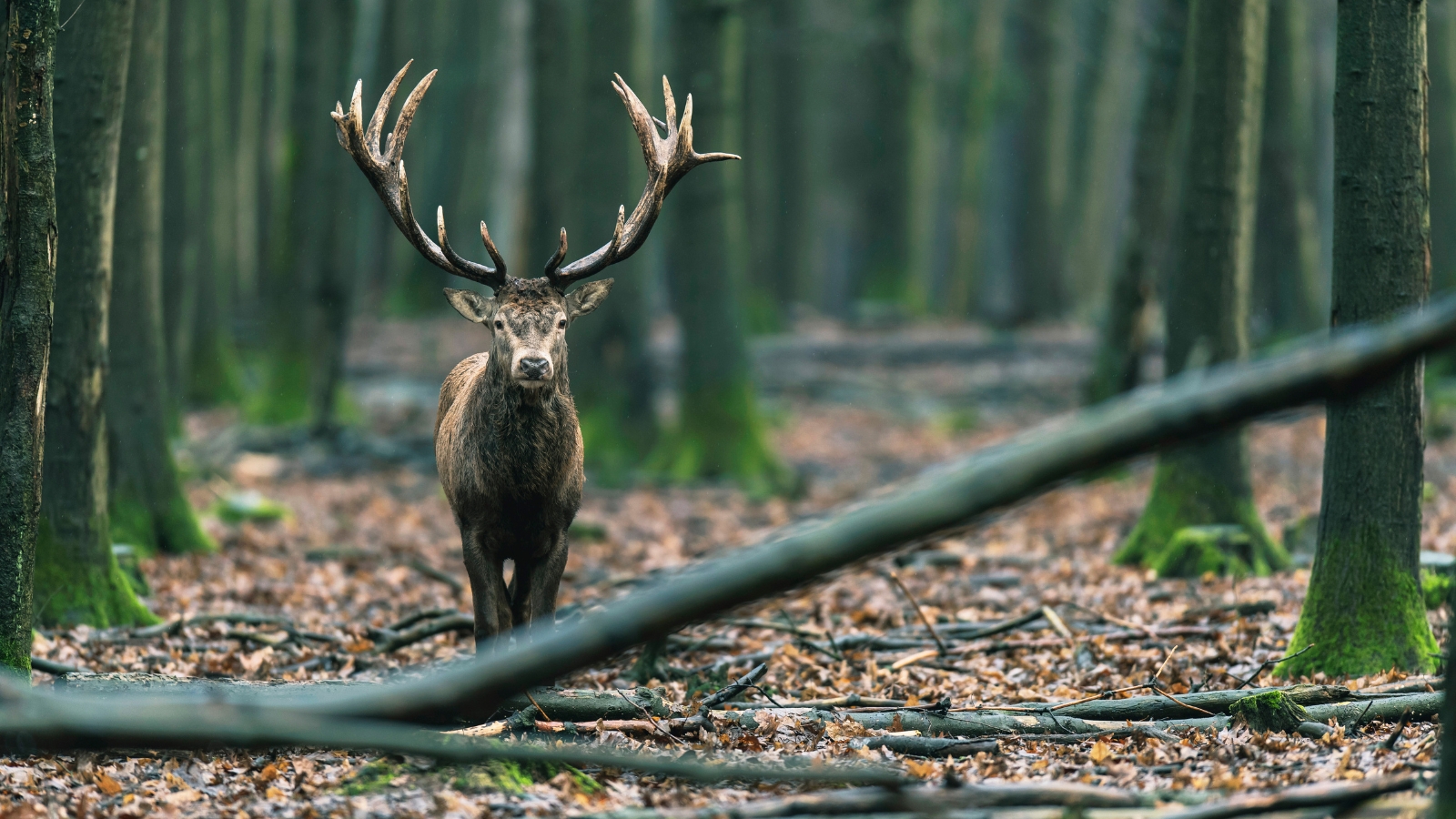
Coastal ecosystems along the East Coast are vital for biodiversity and the economy. Preventing invasive species like blue land crabs from disrupting these ecosystems is a shared goal.
Balancing Conservation and Economic Interests
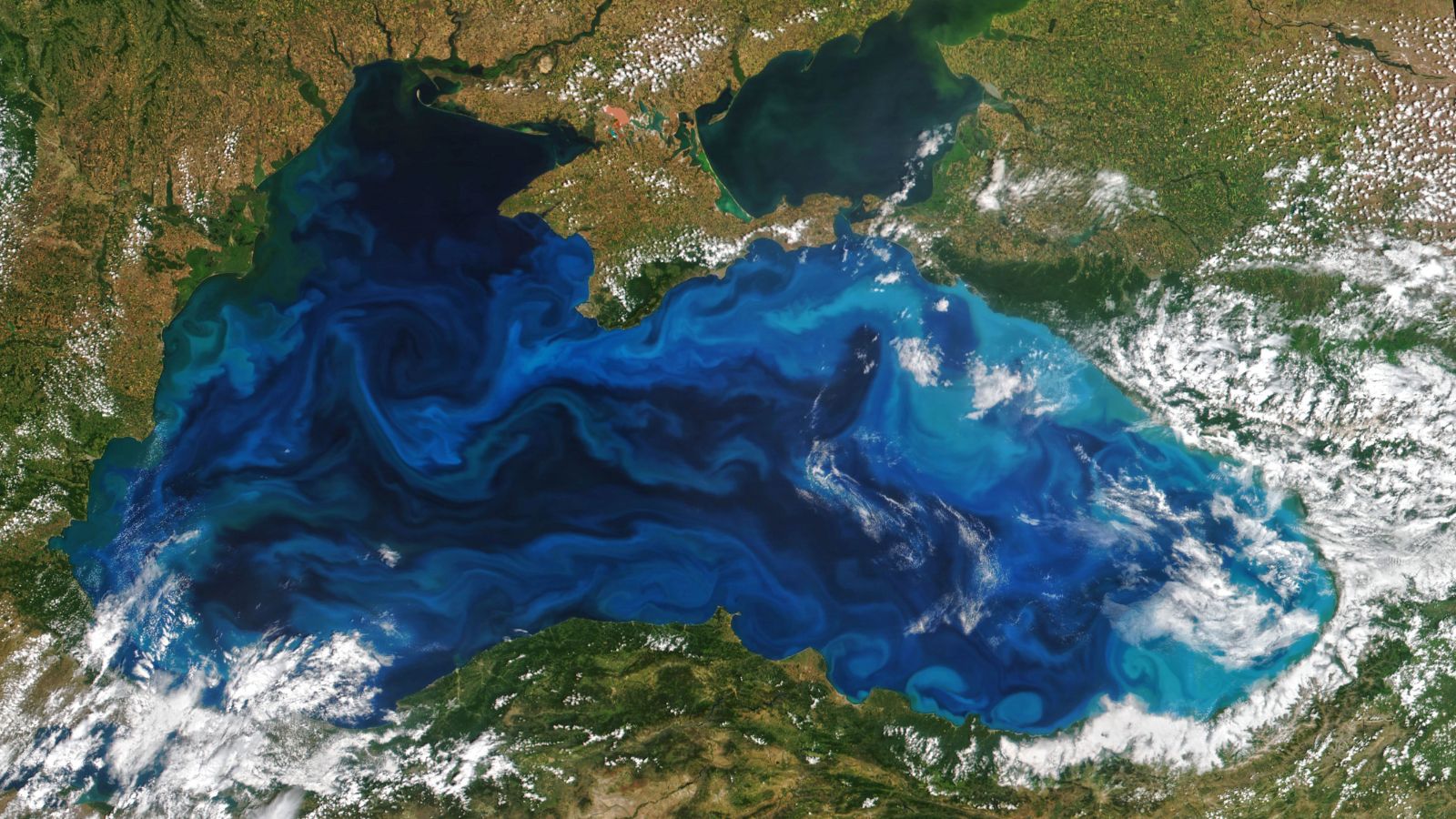
Efforts to address the blue land crab invasion will involve finding a balance between conserving native species and considering economic interests related to the crabs’ consumption.
Staying Informed

Residents and stakeholders are encouraged to stay informed about the blue land crab invasion and any updates on management efforts.
Read Next: Kavanaugh’s Stance on Presidential Immunity Challenged in Trump Cases
A Unified Response

The response to the blue land crab invasion exemplifies the importance of unified action in addressing environmental challenges and protecting ecosystems along the East Coast.
More from The Stock Dork – Increase in U.S. Prison Population Signals a Shift in Decade-Long Trend
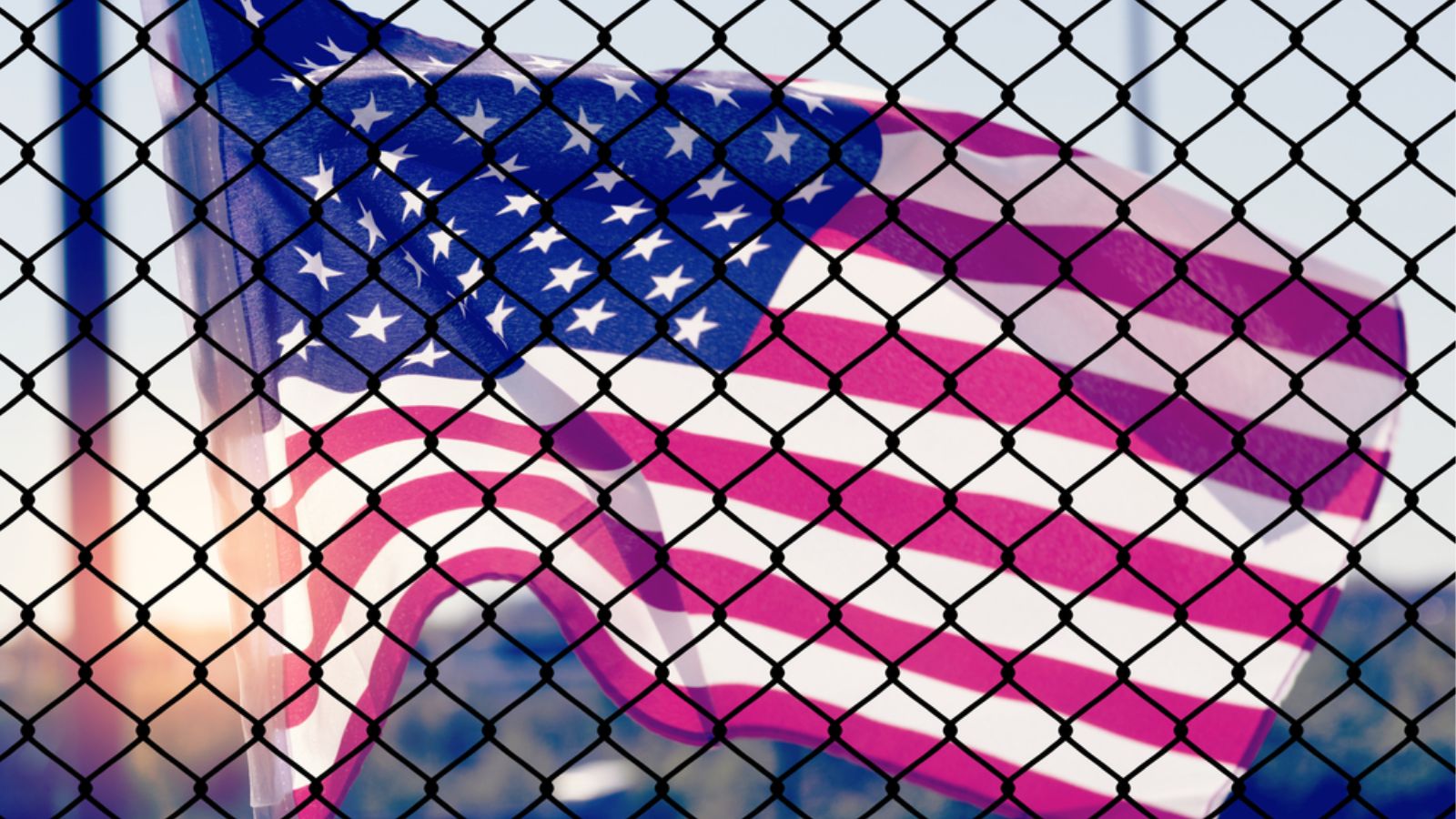

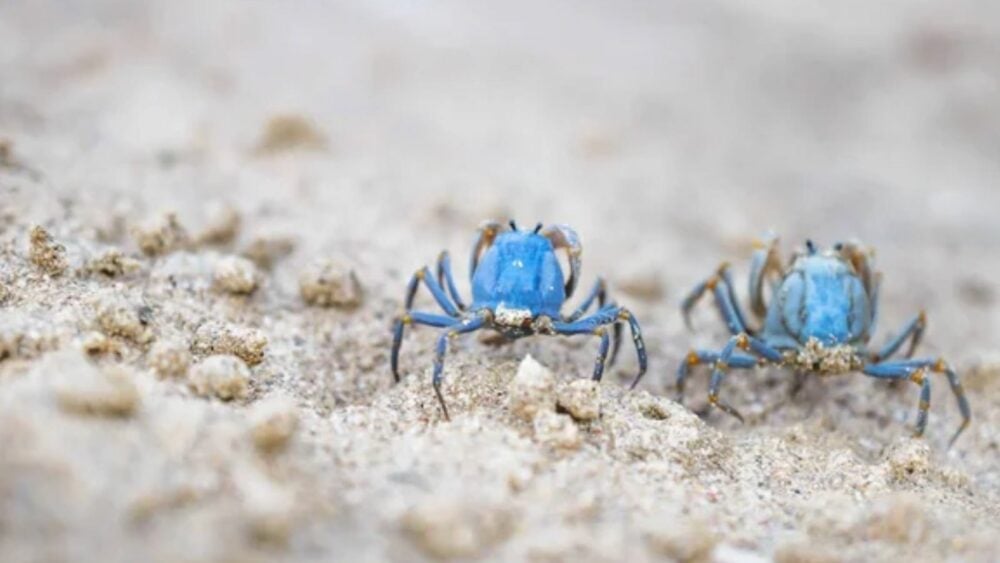




 Tags:
Tags:










